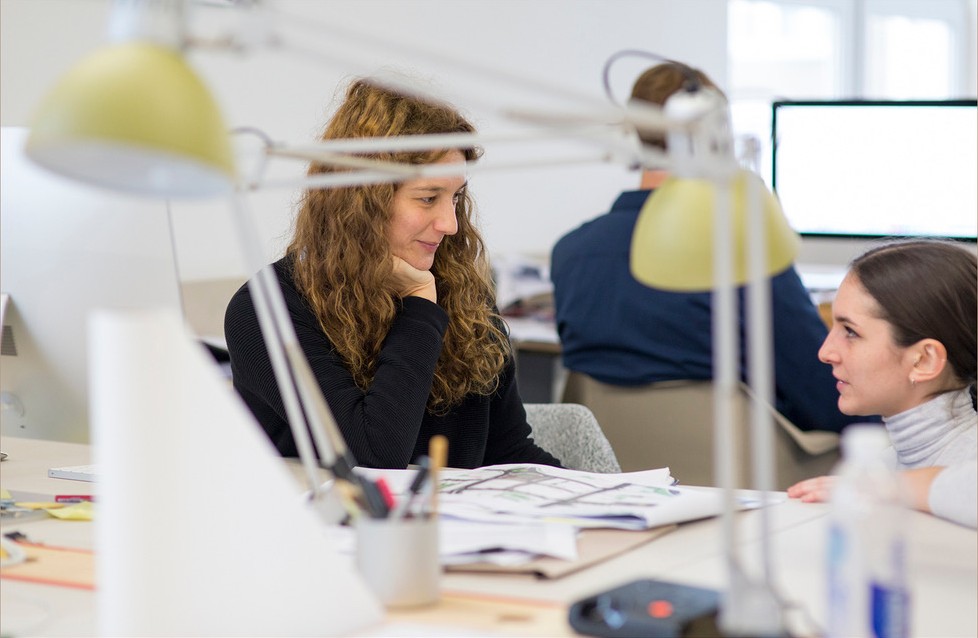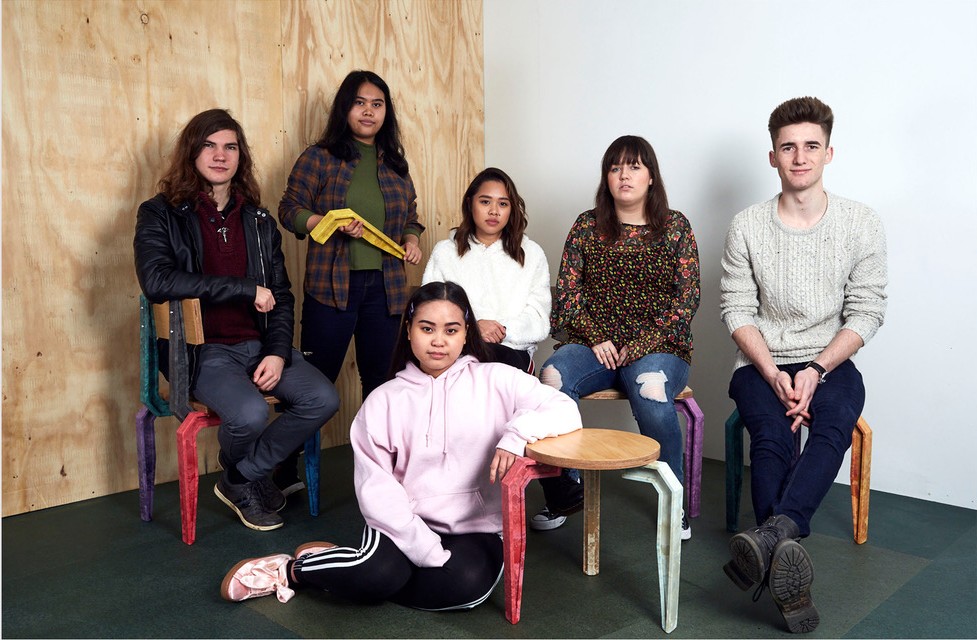Post
Beyond BAME-washing: Meaningful ways to challenge architecture’s diversity problem
11 Mar 2021
As part of our Change:Opinions strand, Nisha Kurian of We Made That says that majority of architecture practices across London fail in terms of representation from women and people of colour and how RE—SET—GO aims to address this.
It’s reassuring to me to see the message about the lack of diversity and representation in architecture being amplified by multiple voices in various ways recently. It makes you hopeful that at the least, people in the industry are being forced to take notice and at best actively implementing measures that can help address the issue.
Sometimes it feels like long gone are the days when you stopped short of discussing the issue of race in the pub because you’ve been dismissed too many times before by white colleagues, adamant that it’s not really an issue. Or indeed pointing out that something that took place is sexist without facing a chorus of your male peers suggesting you may be over-reacting or taking things too personally. In fact, talking about diversity is almost mainstream now, right?
And then something pops up in the architectural press about the same old boys defending the same old institutions propping up the same old status quo and it doesn’t seem like we’ve moved forward at all. The gate keepers reveal their true colours, those benefitting from existing systems take part in the woke Olympics of pub-chat, but do nothing to modify their behaviour in response, and minority groups remain firmly outside the sphere of influence.
The majority of architecture practices across London fail miserably in terms of representation from women and people of colour, particularly in higher up positions of leadership within organisations.
What is needed is for practices to be truly self-reflective, open and committed to understanding what they can do to become more inclusive and attractive places to work for people from minority groups. This applies, right from being more proactive in encouraging young people to study architecture, to teaching at architecture schools, to the recruitment process, to workplace culture, to a transparency around the process in which people are able to move up within an organisation. The Mayor’s Supporting Diversity Handbook addresses this well, structuring an approach across six distinct career stages: school, professional education, recruitment, progression and leadership, setting up and advocacy.
It is important to consider this professional lifecycle holistically, as the stages are interrelated and have a knock-on effect on one another. Take for example, career progression and leadership – practices need to be self-critical about the people being propped up into senior management positions, as they will play a big part in setting the tone of a workplace and defining its culture. That workplace culture then has a knock-on effect on whom the practice attracts in terms of recruitment and on staff retention. The questions further down the line, around progression and leadership for example, are often more difficult to answer than issues further up the pipeline, but it is just as important that we are asking them. Why is it that senior positions in practices are so often occupied by a homogenous group of people? What are those small unconscious actions and opportunities that are offered to specific people, that build up into a ladder to promotion? How likely is it that senior management will see common ground in someone from a completely different background, and have them at the front of their mind for new opportunities?
I have been reflecting on these issues recently, in relation to RE—SET—GO, a programme initiated by We Made That with the support of architectural practices from the London Practice Forum and funding from Stride.
RE—SET—GO was set up with the mission of diversifying architecture practices in London to be more reflective of the city in which we work. It offers hands-on paid work experience, mentoring, workshops and knowledge sharing events for people from under-represented groups, helping make space for excluded voices and pilot ways to build more progressive and representative architecture communities. The programme aims to address various stages in the professional lifecycle – from school age and university students considering a career in architecture, to people looking to set up their own practice, as well as established practices looking for specific advice on things like procurement and tendering.
In setting up RE—SET—GO we have learned that the opportunity offered needs to be a realistic proposal for the people we are specifically trying to reach. In the case of work placements, this means proper renumeration, consideration of tech requirements of working from home (hardware, software and broadband), and in addition to these more tangible things, a level of understanding and awareness is also needed to the possibility that people’s circumstances can be very different to your own. As an example, not every participant may have their own space to work from and we may need to accommodate some flexibility in how and when they may be able to work. This resonates with wider workplace issues, and I hope that one of the positives to come out of the COVID-19 pandemic is that more practices will adopt a position of more flexibility in the way in which they work. This could serve to benefit a wide range of people and possibly make a career in architecture more appealing, or indeed viable, to more minority groups.
The outreach aspect is also crucial, as channels used to promote the programme included the architectural press, organisations serving under-represented groups within the profession, as well as schools, universities and youth services departments of the four London boroughs participating in the initiative. Clear and open communication is key to delivering an experience that is mutually beneficial.
With work placements and mentoring sessions on the programme currently underway, we are now in the process of developing the workshops and knowledge exchange part of the RE—SET—GO programme. Here we are exploring ways to include under-represented led practices and organisations who are already ‘on the inside’. We are fortunate to already have Afterparti, a collective of design critics and writers championing under-represented voices in architecture and design, collaborating with us on RE—SET—GO. There is evidently a great impact in seeing people who look like you succeed within the field, and we are keen that under-represented voices are prominent not just as participants in the programme but also as the people delivering it.
Nisha Kurian is an Associate at We Made That and a programme leader on RE—SET—GO, an initiative that will offer more than 150 people from under-represented backgrounds the experience, skills and connections to prepare for employment in architectural practice.
Visit the RE—SET—GO website for more information and to book 1-to-1 mentoring sessions and “CV surgeries” with London Practice Forum architecture practices.

